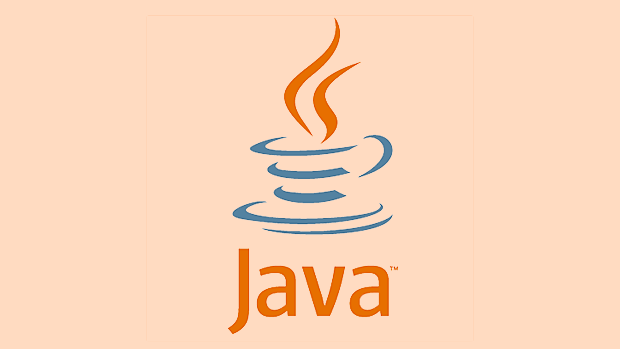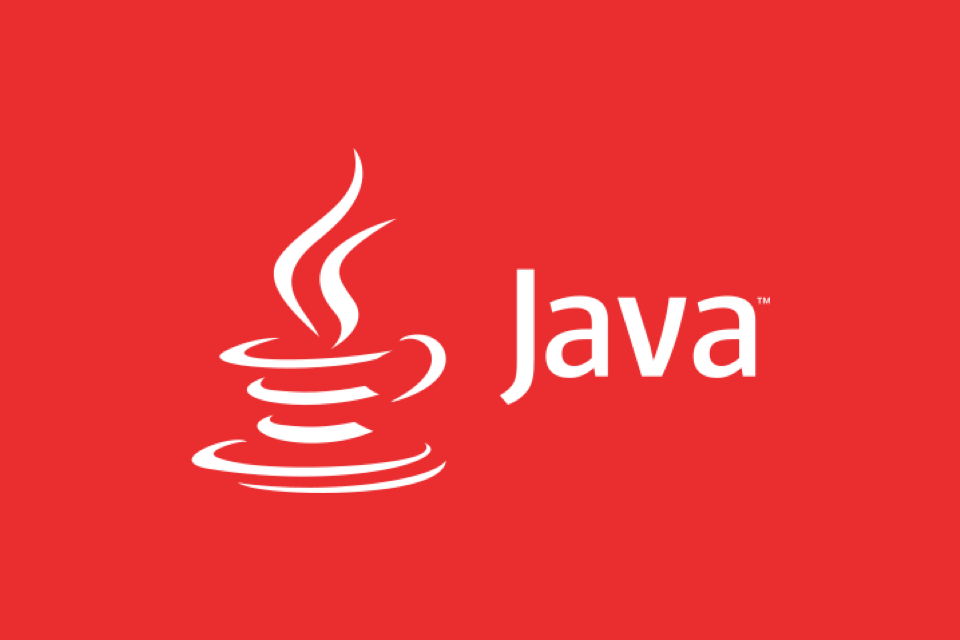How to implement a simple HTTP server in Java without using any frameworks?
Jul 13, 2025 am 02:06 AMThis article explains how to implement a basic HTTP server in Java using only built-in classes. 1) Use ServerSocket to open a port and listen for incoming connections. 2) Read the raw HTTP request via InputStream and parse its method and path. 3) Generate an HTTP response with headers and body using OutputStream. 4) Handle multiple requests concurrently by using threads or an ExecutorService. The implementation is simple and educational but not as powerful as full web servers or frameworks.

Sure! Here's a practical, easy-to-follow guide on how to implement a basic HTTP server in Java without using any frameworks. This is useful for learning how HTTP works under the hood or for lightweight use cases where you don't need all the features of full web servers or frameworks.

How It Works at a High Level
You can create a simple HTTP server using just Java’s built-in ServerSocket and Socket classes. The basic idea is:
- Open a port and listen for incoming TCP connections.
- When a client (like a browser) connects, read the raw HTTP request.
- Parse the request and generate an appropriate HTTP response.
- Send that response back and close the connection (or keep it open if needed).
It won’t be fast or scalable like Nginx or Apache, but it’s great for understanding how HTTP works.

Setting Up the Server Socket
Start by opening a ServerSocket on a specific port — commonly 8080 for local testing.
ServerSocket serverSocket = new ServerSocket(8080);
System.out.println("Server is listening on port 8080");Then, accept incoming connections in a loop:

while (true) {
Socket socket = serverSocket.accept();
// handle the request in a separate thread or here
}If you're testing locally, make sure no other service is already using that port.
You can change the port number as needed.
Reading the HTTP Request
Once a connection is accepted, you can read from the input stream to get the raw HTTP request text.
InputStream input = socket.getInputStream(); BufferedReader reader = new BufferedReader(new InputStreamReader(input));
An example HTTP GET request might look like this:
GET /index.html HTTP/1.1 Host: localhost:8080 Connection: keep-alive
You’ll want to read the first line to determine the method (GET, etc.) and requested path.
Sending an HTTP Response
After processing the request, send back a valid HTTP response. A minimal one looks like:
OutputStream output = socket.getOutputStream();
PrintWriter writer = new PrintWriter(output, true);
writer.println("HTTP/1.1 200 OK");
writer.println("Content-Type: text/html; charset=UTF-8");
writer.println(); // blank line required
writer.println("<h1>Hello from my simple HTTP server!</h1>");Make sure to include:
- Status line (
HTTP/1.1 200 OK) - At least one header (
Content-Type) - A blank line after headers
- Then the body content
You can also serve static files by reading them from disk and writing their contents into the response body.
Handling Multiple Requests
The code above only handles one request at a time unless you run each connection in its own thread. To support multiple simultaneous clients:
- Wrap each connection in a new thread.
- Or better yet, use a thread pool with
ExecutorService.
Here’s a quick threaded version:
ExecutorService executor = Executors.newFixedThreadPool(40); // adjust based on needs
while (true) {
Socket socket = serverSocket.accept();
executor.execute(() -> handleRequest(socket)); // your handler function
}This lets the server respond to many requests without blocking new ones.
And that’s basically it. It doesn’t cover every edge case (like POST requests, cookies, or file uploads), but it gives you a working foundation. With some extra work, you could extend this to serve static files, handle different routes, or even parse form data.
Not too bad, right?
The above is the detailed content of How to implement a simple HTTP server in Java without using any frameworks?. For more information, please follow other related articles on the PHP Chinese website!

Hot AI Tools

Undress AI Tool
Undress images for free

Undresser.AI Undress
AI-powered app for creating realistic nude photos

AI Clothes Remover
Online AI tool for removing clothes from photos.

Clothoff.io
AI clothes remover

Video Face Swap
Swap faces in any video effortlessly with our completely free AI face swap tool!

Hot Article

Hot Tools

Notepad++7.3.1
Easy-to-use and free code editor

SublimeText3 Chinese version
Chinese version, very easy to use

Zend Studio 13.0.1
Powerful PHP integrated development environment

Dreamweaver CS6
Visual web development tools

SublimeText3 Mac version
God-level code editing software (SublimeText3)

Hot Topics
 Difference between HashMap and Hashtable?
Jun 24, 2025 pm 09:41 PM
Difference between HashMap and Hashtable?
Jun 24, 2025 pm 09:41 PM
The difference between HashMap and Hashtable is mainly reflected in thread safety, null value support and performance. 1. In terms of thread safety, Hashtable is thread-safe, and its methods are mostly synchronous methods, while HashMap does not perform synchronization processing, which is not thread-safe; 2. In terms of null value support, HashMap allows one null key and multiple null values, while Hashtable does not allow null keys or values, otherwise a NullPointerException will be thrown; 3. In terms of performance, HashMap is more efficient because there is no synchronization mechanism, and Hashtable has a low locking performance for each operation. It is recommended to use ConcurrentHashMap instead.
 Why do we need wrapper classes?
Jun 28, 2025 am 01:01 AM
Why do we need wrapper classes?
Jun 28, 2025 am 01:01 AM
Java uses wrapper classes because basic data types cannot directly participate in object-oriented operations, and object forms are often required in actual needs; 1. Collection classes can only store objects, such as Lists use automatic boxing to store numerical values; 2. Generics do not support basic types, and packaging classes must be used as type parameters; 3. Packaging classes can represent null values ??to distinguish unset or missing data; 4. Packaging classes provide practical methods such as string conversion to facilitate data parsing and processing, so in scenarios where these characteristics are needed, packaging classes are indispensable.
 What are static methods in interfaces?
Jun 24, 2025 pm 10:57 PM
What are static methods in interfaces?
Jun 24, 2025 pm 10:57 PM
StaticmethodsininterfaceswereintroducedinJava8toallowutilityfunctionswithintheinterfaceitself.BeforeJava8,suchfunctionsrequiredseparatehelperclasses,leadingtodisorganizedcode.Now,staticmethodsprovidethreekeybenefits:1)theyenableutilitymethodsdirectly
 How does JIT compiler optimize code?
Jun 24, 2025 pm 10:45 PM
How does JIT compiler optimize code?
Jun 24, 2025 pm 10:45 PM
The JIT compiler optimizes code through four methods: method inline, hot spot detection and compilation, type speculation and devirtualization, and redundant operation elimination. 1. Method inline reduces call overhead and inserts frequently called small methods directly into the call; 2. Hot spot detection and high-frequency code execution and centrally optimize it to save resources; 3. Type speculation collects runtime type information to achieve devirtualization calls, improving efficiency; 4. Redundant operations eliminate useless calculations and inspections based on operational data deletion, enhancing performance.
 What is an instance initializer block?
Jun 25, 2025 pm 12:21 PM
What is an instance initializer block?
Jun 25, 2025 pm 12:21 PM
Instance initialization blocks are used in Java to run initialization logic when creating objects, which are executed before the constructor. It is suitable for scenarios where multiple constructors share initialization code, complex field initialization, or anonymous class initialization scenarios. Unlike static initialization blocks, it is executed every time it is instantiated, while static initialization blocks only run once when the class is loaded.
 What is the Factory pattern?
Jun 24, 2025 pm 11:29 PM
What is the Factory pattern?
Jun 24, 2025 pm 11:29 PM
Factory mode is used to encapsulate object creation logic, making the code more flexible, easy to maintain, and loosely coupled. The core answer is: by centrally managing object creation logic, hiding implementation details, and supporting the creation of multiple related objects. The specific description is as follows: the factory mode handes object creation to a special factory class or method for processing, avoiding the use of newClass() directly; it is suitable for scenarios where multiple types of related objects are created, creation logic may change, and implementation details need to be hidden; for example, in the payment processor, Stripe, PayPal and other instances are created through factories; its implementation includes the object returned by the factory class based on input parameters, and all objects realize a common interface; common variants include simple factories, factory methods and abstract factories, which are suitable for different complexities.
 What is the `final` keyword for variables?
Jun 24, 2025 pm 07:29 PM
What is the `final` keyword for variables?
Jun 24, 2025 pm 07:29 PM
InJava,thefinalkeywordpreventsavariable’svaluefrombeingchangedafterassignment,butitsbehaviordiffersforprimitivesandobjectreferences.Forprimitivevariables,finalmakesthevalueconstant,asinfinalintMAX_SPEED=100;wherereassignmentcausesanerror.Forobjectref
 What is type casting?
Jun 24, 2025 pm 11:09 PM
What is type casting?
Jun 24, 2025 pm 11:09 PM
There are two types of conversion: implicit and explicit. 1. Implicit conversion occurs automatically, such as converting int to double; 2. Explicit conversion requires manual operation, such as using (int)myDouble. A case where type conversion is required includes processing user input, mathematical operations, or passing different types of values ??between functions. Issues that need to be noted are: turning floating-point numbers into integers will truncate the fractional part, turning large types into small types may lead to data loss, and some languages ??do not allow direct conversion of specific types. A proper understanding of language conversion rules helps avoid errors.






